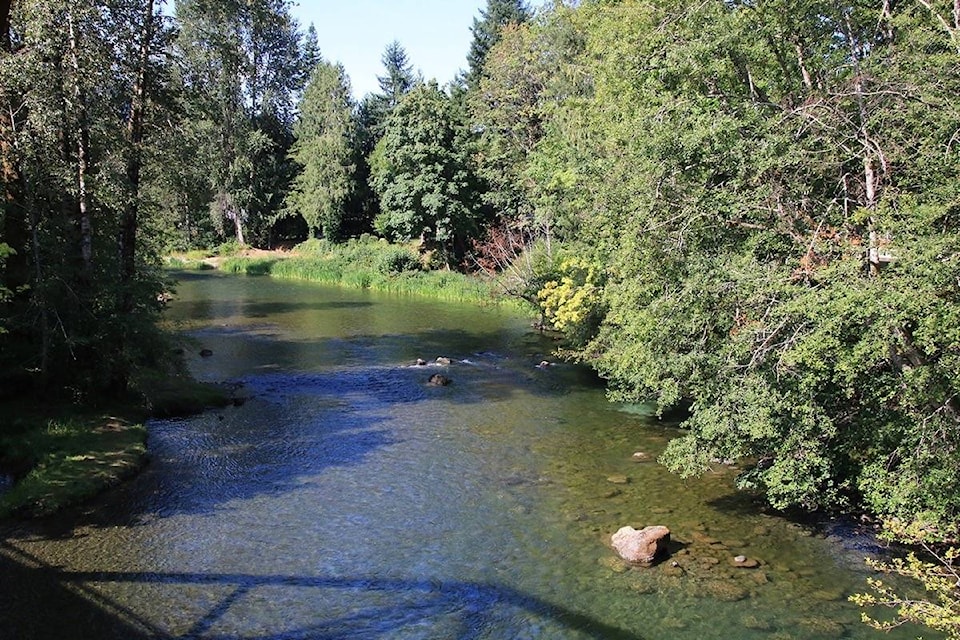One thing has become very clear of late: our water bodies and all of the life they sustain are under increasing strain.
Last weekend, a man planned to swim the length of the Cowichan River to try to draw attention to deteriorating water conditions. A PhD graduate in natural resources and environmental studies, he named climate change and problems with toxic sunscreens that people wear into the river as threats. The crayfish population, he said, is a fraction of what it once was, and that’s just one example.
We’ve written in this space before about the need for water conservation, as salmon fry die stranded in shallow pools, cut off from Cowichan Lake and the river by unseasonably dry weather that has water levels already at alarming lows for so early in the summer season.
On top of that, invasive Japanese knotweed is thriving at the Lake according to Ken Traynor of the Cowichan Lake and River Stewardship Society, spreading it’s choking foliage to the detriment of everything else trying to grow. It’s the usual story. Japanese knotweed is pretty. People bought and planted it for its looks. Now it’s out of control.
Traynor also posited the idea of putting up a sign on the way into Lake Cowichan that would show the lake and river levels in a bid to get people to conserve water — both tourists and locals. We don’t think it’s a bad idea. Especially in the case of tourists, many likely come to the community with no idea that there’s any need to try to minimize water use.
The Koksilah River is in even more dire straits than the Cowichan, in terms of water levels, and those living in the watershed have been asked by the province to cut down on their water use.
As for sunscreens, we certainly advise people to wear them, or to cover up when in the sun. Burns can be serious, and too much sun exposure can lead to skin cancer. But instead of just picking up whatever is cheapest at the drug store before heading to the river to tube, or heading to the lake for a swim, maybe take a look at the ingredients and try to choose something that’s less toxic for the water, if you know you’re going for a dip.
Look for a mineral sunscreen containing zinc oxide, rather than a chemical sunscreen.
